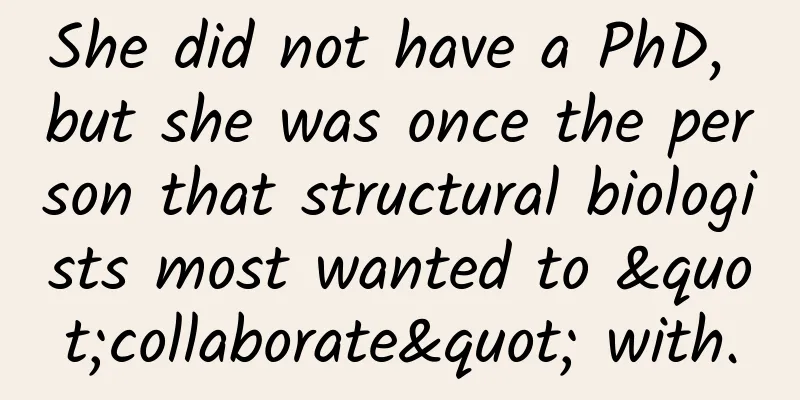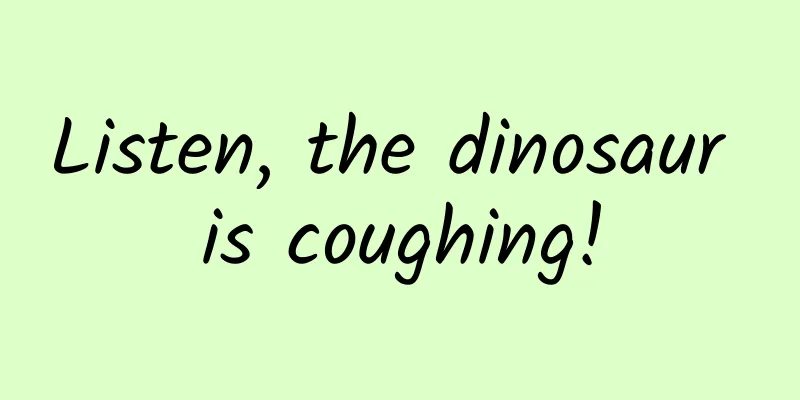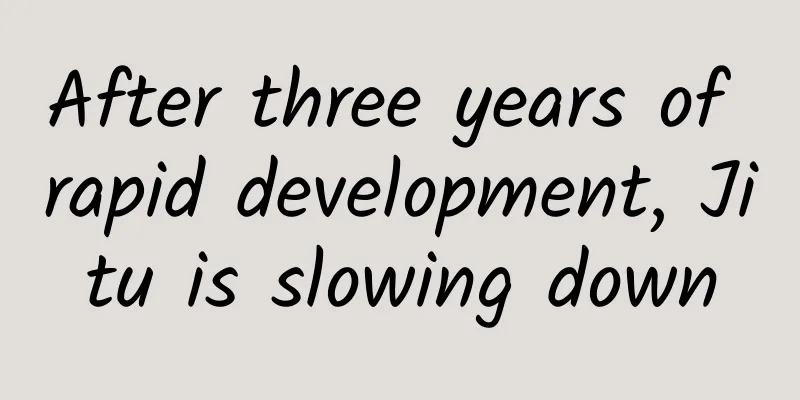Will you become stupid if you hit your head too much? Bighorn sheep: You will, but I won't

|
There is a famous joke in the popular anime Demon Slayer: the protagonist Tanjiro repeatedly hits the enemy with his forehead in critical moments. Many people jokingly say that "Tanjiro's ultimate move is headbutt" and "Tanjiro should be called Head Pillar". It seems that killing demons is a high-risk job. In addition to fictional evil demons, we also have to worry about real diseases: chronic traumatic encephalopathy (CTE). It hurts just looking at it... | Demon Slayer: Kimetsu no Yaiba The cost of impact Frequent impacts to the head can cause irreversible damage to the brain. Within 8 to 10 years after the injury, the mental ability of CTE patients will gradually decline, and symptoms such as depression and memory loss will appear. In severe cases, they will completely lose the ability to take care of themselves, and there is no treatment. CTE is more common in people who are easily hit, such as some athletes who need intense physical contact. There is a movie called Concussion, which is based on real events, about the occupational disease CTE in football players. Boxers are also at high risk of CTE, and one form of CTE is even known as "boxer's dementia." Brain shrinkage after CTE | Boston University Center for the Study of Traumatic Encephalopathy Out of personal interest, I can also add that former yokozuna Akebono (who played mixed martial arts after retiring from sumo) suffered from amnesia in his later years. CTE can only be diagnosed after death by examining brain tissue, so I can't diagnose him, but it's an idea worth considering. Humans are not the only animals at risk of headbutting. During the breeding season, male bighorn sheep (Ovis canadensis) compete for mates and engage in "headbutting contests". When two rams butt each other, the force of the collision reaches 3400N, and the deceleration at the moment of impact is close to 300 meters per second. It is reasonable to speculate that they have evolved some characteristics to avoid headbutts, and these characteristics may inspire us to come up with ways to protect the heads of athletes and ghost slayers. Bighorn sheep butting each other with their horns | Gregbalvin / youtube Revelation from Bighorn Sheep The function of the shock absorber is to convert kinetic energy into other forms. During a period of time after the collision, the shock absorber undergoes elastic deformation to reduce the kinetic energy. You can imagine the sponge mattress in Tom and Jerry. After catching Tom who fell from a high altitude, the mattress sank deeply, prolonging the contact time and reducing the kinetic energy acting on Tom. The outer layer of the horn of the bighorn sheep is keratin, and the inner layer is a bone horn core. The bone inside the horn core is as thin as foam paper, which is particularly loose and porous, and plays a role in shock absorption. The horn core of the bighorn sheep has long attracted attention, and some people even study bionics and imitate the horn core to develop cushioning materials, hoping to invent a football helmet with better shock absorption. The porous horn core of bighorn sheep | Trevor G. Aguirre et al. / Scientific Reports (2020) Bighorn sheep not only butt their horns, but also use their horns to hit the opponent's forehead, so the horns cannot be the only shock absorber. Another part that is often speculated to be a shock absorber is the frontal sinus. The frontal sinus is two cavities made of bone, generally located from the root of the nose to the forehead. The frontal sinus of humans is only about 3 cm high, but the frontal sinus of bighorn sheep and some other sheep is huge, even extending into the core of the horn, which makes people wonder if it should have some special function. However, anatomist Andrew A. Farke studied the frontal sinus of goat skulls and believed that its shock absorption effect was very limited. The huge "brain hole" is more likely to save bone and reduce the weight of the skull. Farke also compared the skulls of various bovines. Although some animals (such as bighorn sheep and goats) will bang their heads and have frontal sinuses, cephalophines, which also bang their heads, have no frontal sinuses at all! It is a mistake to over-attribute the idea that bighorn sheep have large frontal sinuses and that the frontal sinuses must be able to protect the brain. Tomography of a goat's head, with the circle showing the frontal sinus | Mohsen Tohidifar et al. / Anatomical Science International (2020) Blood vessels act as shock absorbers? There is another conjecture, the evidence is not sufficient, but it is very interesting. The author, Gregory D. Myer, is a sports medicine expert, not an animal expert. He proposed it in a media interview, so there are no references. The brain is not tightly fitted in the skull. There are gaps in the skull, so the brain will shake when it is hit. If the gaps can be reduced, the shaking of the brain can be reduced, thereby reducing the risk of brain damage. What can be used to fill this gap? Blood vessels. The hollow horn core of the bighorn sheep is connected to the respiratory system, which can store exhaled air and then inhale it. When the high concentration of exhaled carbon dioxide enters the blood, the blood vessels in the brain will expand to prevent the brain from shaking. In other words, the expanded blood vessels play the role of raffia in the gift box, filling the gaps to reduce shock. By the way, rhinos don’t actually butt their heads | Pixabay Based on this principle, Meyer developed a collar for athletes to protect their heads. The collar gently compresses the jugular vein, slowing down the blood flow back to the brain, allowing the blood vessels in the skull to swell, fill the gaps, and reduce the impact on the brain. The collar has been put into experiments, but there is no reliable evidence for his explanation of bighorn sheep. Are animals not immune? Finally, we have to consider the possibility that animals are not immune to CTE. Last year, anatomist Nicole L Ackermans and her colleagues published a short report that her team found tiny signs of brain damage in the brains of musk oxen (Ovibos moschatus), similar to the early symptoms of CTE in humans. Male musk oxen will also bang their heads against each other when competing for mates. A study a few years ago found tau protein deposits in the brains of woodpeckers, the animals that are best at dealing with concussions, which may also be a sign of brain damage. It can be seen that their brains are not invulnerable. Musk ox impact, BAM!! | Edna Ruud / Facebook Evolution is not omnipotent. An adult male musk ox weighs 300 kilograms, and the instantaneous acceleration of a woodpecker pecking a tree reaches 1,200 g. Perhaps such a huge impact exceeds the material performance limit of animal tissue. Moreover, evolution is not a business that only makes money but never loses money, but a trade-off between "profit" and "loss" in all aspects. A male musk ox that cannot defeat its rival and has no offspring is much worse than brain damage. Perhaps brain damage is not as terrible for animals with shorter life spans and less intelligence than humans. You are not a musk ox, so how do you know if the musk ox has knocked itself stupid? References [1] Ackermans, Nicole L., et al. "Traumatic brain injury-like pathology in muskoxen. Implications for natural occurrences of TBI." Society for Neuroscience Global Connectome (2021). [2] Ackermans, Nicole L., et al. "Unconventional animal models for traumatic brain injury and chronic traumatic encephalopathy." Journal of neuroscience research 99.10 (2021): 2463-2477. [3] Farah G, Siwek D, Cummings P. Tau accumulations in the brains of woodpeckers[J]. PloS one, 2018, 13(2): e0191526. [4] Farke, Andrew A. "Frontal sinuses and head-butting in goats: a finite element analysis." Journal of Experimental Biology 211.19 (2008): 3085-3094. [5] Myer GD, Yuan W, Barber Foss KD, et al. The effects of external jugular compression applied during head impact exposure on longitudinal changes in brain neuroanatomical and neurophysiological biomarkers: a preliminary investigation[J]. Frontiers in neurology, 2016, 7: 74. Author: Red Queen This article comes from the Species Calendar, welcome to forward If you need to reprint, please contact [email protected] |
<<: Yogurt, vinegar, honey water, do these hangover remedies really work?
Recommend
The most effective App promotion channels, a summary of strengths!
What are the most effective App promotion channel...
4 months of practical short video skills!
Although I have been working in new media, I have...
Very interesting, how to view code as a crime scene
Measuring software complexity is a popular and co...
Latest research: After quitting smoking for more than 10 years, the mortality rate is close to that of people who have never smoked
In recent years, with the popularization of healt...
How to choose Tik Tok shooting tools and editing software?
1. It is recommended to use a mobile phone for sh...
Taking a different approach and creating a sci-fi-level chariot, is Iron Man going to change his career to work in the military industry?
Rich people are willful, this is a popular online...
Black Hat Douyin Store Number Matrix Project [Paid Article]
Black Hat Douyin Store Number Matrix Project [Pai...
Changsha Tea Tasting Peripheral Reliable Recommendation
Content: Changsha New Tea website appointment arr...
Chinese pharmaceutical companies face new challenges in the new normal: pharmaceutical and medical device companies
At the beginning of 2022, the outbreak of a new w...
2022 Latest Kaochong Wanci Winter Vacation Class
Introduction to the latest 2022 Kaochong Wanci wi...
Yang Yuanqing: Apple's market share in the United States has peaked, and there are great opportunities in emerging markets
Beijing time, January 28, global PC and smartphon...
Practical review: How to effectively place advertisements in WeChat Moments?
Written in front: Since I am basically a novice i...
Report | Research report on the marketing effectiveness of information flow advertising in 8 major industries
In recent years, information flow ads have become...
How to check the results of the Hunan High School Entrance Examination 2020 Hunan High School Entrance Examination Results Query Portal
How to check the results of the Hunan High School...









